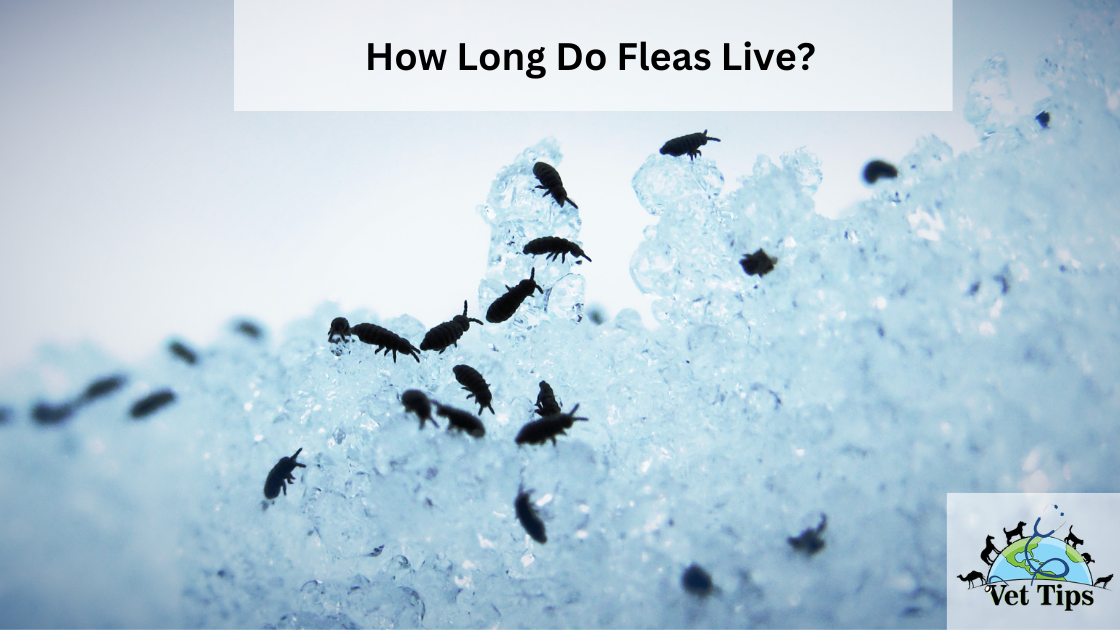A leaked tank is one of the worst things that can happen, and it usually happens when the aquarium sealer fails. Because of this problem, your fish and any other organisms that live in the fish tank might suffer. As a result, these occurrences require immediate attention and resolution. How to fix a leaking fish tank? Since silicone makes up the majority of the sealant, the simplest technique to repair a leak in a fish tank is to remove the old silicone seal along the seams and then apply a new one. This will prevent any further water loss.
Continue reading if you want to find out how to fix a leaking fish tank in detail.
Why Do Aquariums Leak?
Leaks in aquariums are a problem that may be annoying as well as possibly harmful to the owners of fish tanks. It is essential to have an understanding of the causes of aquarium leaks in order to take preventative measures and find a solution to the issue. Leaks can be caused by a number of different factors, including faulty sealing, physical damage, or wear and tear over the course of time. Leaks can be caused by a variety of factors, including a sealant of poor quality, inadequate tank design, or even unintentional bumps or fissures. The first step in repairing the leak and safeguarding the well-being of your aquatic pets is to determine what caused it in the first place.
How To Spot a Leak in Your Aquarium?
It is critical that you detect a leak in your aquarium as soon as possible in order to limit the amount of damage that is caused and to protect the health of your fish. Here are some warning indications that your fish tank may have a leak that you should keep an eye out for.
Signs to Know if Your Fish Tank is Leaking
- Changes in the water level: If the water level drops a lot for no obvious reason, this could be a sign of a leak. Maintain a constant vigilance on the water level in order to detect any sudden shifts that may occur.
- The Accumulation of Water: There is a leak in the aquarium if there are puddles or other moist patches around the base of the aquarium or on the floor underneath it. Investigate the surrounding regions to see if there is any dampness or water damage.
- Moist or Discolored Cabinetry: If your aquarium stand or cabinet feels moist or discolored, it may be leaking. It is possible for moisture to infiltrate through the tank and impact the structures in the surrounding area.
- Visible Cracks or Damage: Check the glass or plastic walls of your tank for any cracks, scratches, or damage that you can see. Even very minor cracks or defects have the potential to cause leaks over time.
How To Fix a Leaking Fish Tank? (Cont.)
How to Fix the Leak in Your Aquarium?
As soon as you discover that your aquarium has a leak, it is imperative that you take fast action in order to stop any additional harm from occurring. Here is a step-by-step guide to fixing the leak in your fish tank.
Step 1: Remove some of the tank water
Carefully draining some of the water from your aquarium can make the job of making repairs much more manageable. By lowering the water level, the pressure inside the tank will be reduced, making it easier to locate the location of the leak.
Step 2: Take off the old sealant
If the leak is the result of deteriorated sealant, you may remove the old sealant from the region that is impacted by the leak by using a scraper or a razor blade. Before moving on, make sure that the area has been well cleaned and that there is no trash or residue left behind.
Step 3: Clean the Leaking Spot
Isopropyl alcohol or an aquarium-safe cleaner should be used to give the area around the leak a thorough cleaning. This will ensure that the new sealant adheres correctly by removing any old sealant, dirt, or pollutants that may have been present.
Step 4: Seal the Leaking Spot
The region that is leaking should have a new coating of aquarium-safe silicone sealant applied to it. Apply a substantial amount of the sealant to the afflicted area to ensure that it is completely covered. It is possible to obtain a uniform and smooth application by utilising a caulking gun or a sealant applicator.
Step 5: Allow the New Sealant to Dry
Please follow the directions provided by the manufacturer while allowing the new sealant to cure fully. It is essential to exercise patience throughout this phase in order to ensure that the repair will be successful. Try not to haste, since this might cause more leaks.
Step 6: Check for Leaks by Filling the Aquarium.
After the sealant has had enough time to dry, gradually add water to your aquarium while keeping a close eye on the region that was fixed. Examine the area for any telltale indications of seepage or leaking. In the event that the problem was fixed, you may go on to the next step, which is to refill the tank to its typical amount of water.
FAQs about How To Fix a Leaking Fish Tank?
Are Fish Tank Leaks Common?
In the hobby of aquarium keeping, a fish tank leaking water is a not infrequent event. They can occur for a number of causes, including poor maintenance, faulty installation practises, unanticipated accidents, and other unforeseen circumstances. Even though a leak may not occur in every aquarium, it is essential for those who keep fish in tanks to be aware of the possibility of a leak occurring and to take precautions to reduce the likelihood of it happening.
Can You Fix a Fish Tank Without Draining It?
In some cases, it is feasible to fix a fish tank leak without fully draining it. Bear in mind, however, that this strategy calls for extreme caution and pinpoint accuracy in order to prevent further harm or pollution of the water. It is possible that it will be required to totally drain the tank in order to make repairs on it if the leak is substantial or if the tank’s structural integrity has been affected.
Tell us in the comments, how you like our article “How To Fix a Leaking Fish Tank?”
For similar posts like this, click here.
For the source file, click here.





